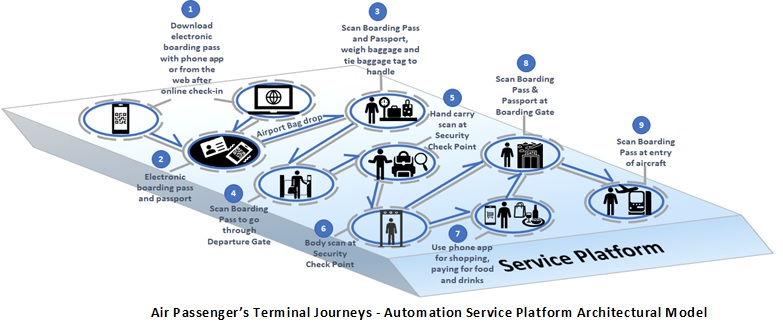
Dr Kitty Hung, principal consultant at Atkins, suggests that a more seamless, safe and zero-contact passenger experience should shape future terminals
Airports are busy places and operators have an increasingly difficult job to
manage the thousands of people who come and go. Before the spread of Covid-19, many were implementing new technologies to make it quicker and easier for passengers to move from check-in to their departure gate. However, over the past 18 months the focus of innovation has shifted to keeping people safe and well throughout their journey.
As we emerge from the pandemic, operators must continue their digital transformation by focusing on the aspects of delivery that will transform the passenger experience in what
has become a very different world. That doesn’t have to involve significant investment in new technologies. Instead, travellers and operators will benefit from the integration of existing tools and processes and from applying learning from other sectors.
Seamless borders
Most people and goods are checked in ahead of travel, providing personal details when booking flights or registering cargo before it leaves the depot. This means their digital ID, journey details and history can be shared with border agencies before travel.
Once at the border, biometrically enabled services already allow passengers to move easily from check-in to boarding gate quickly and securely, so there is no need to stop and show documents multiple times. The clear benefit is that travellers are guided along more smoothly, reducing journey times, while access to departure lounges and boarding gates remains tightly controlled.
Increasing automation
Automation can be extended further, ultimately removing the need for physical documents altogether. To help restore people’s confidence in the industry, airport operators are currently minimizing the amount of time passengers spend near others. One way they are achieving this is by automating processes that are currently carried out by staff members – but don’t have to be.
A good illustration of this is at security checkpoints, where technology is increasingly being deployed to reduce queues and minimize engagement, where possible. More can be done though. For example, using digital technologies such as facial recognition can eliminate the need for airline employees to check travel documents at the boarding gates, freeing up their time for other high-value tasks.
Outside inspiration
Airport operators can learn from sectors such as retail and hospitality, where self-service technologies have been used for some time. The duty-free shopping experience could be transformed by enabling people to go through a ‘no tills’ check-out and pay for their goods later (similar to Amazon Fresh stores), with the required travel information verified via an app.
Similarly, technologies such as the wireless pagers or buzzers that are used in restaurants to speed up service and improve the customer experience could be used by airport F&B outlets to minimize contact with staff. Again, ordering and payments can be managed via an app, which can also enable virtual queuing, allowing passengers to avoid crowds.
Conclusion
Airport operators should continue to take advantage of advances in technology to help improve passenger journeys and reassure travellers that they’re in safe hands. Enabling a seamless, end-to-end, zero-contact experience will go some way toward helping the industry bounce back after a difficult 20 months. Further investment in digital tools will also enable operators to develop resilience and prepare for future challenges.
ABOUT THE AUTHOR
Dr Kitty Hung has more than 20 years’ experience as a business and system analyst, project manager and emerging technologist. Her career has been built in central government and in FTSE 250 firms over the past two decades, including her current role at Atkins, a world-renowned design, engineering and project management consultancy and member of the SNC-Lavalin Group, a global engineering professional services and project management company and a major player in the ownership of infrastructure.
www.PassengerTerminalToday.com